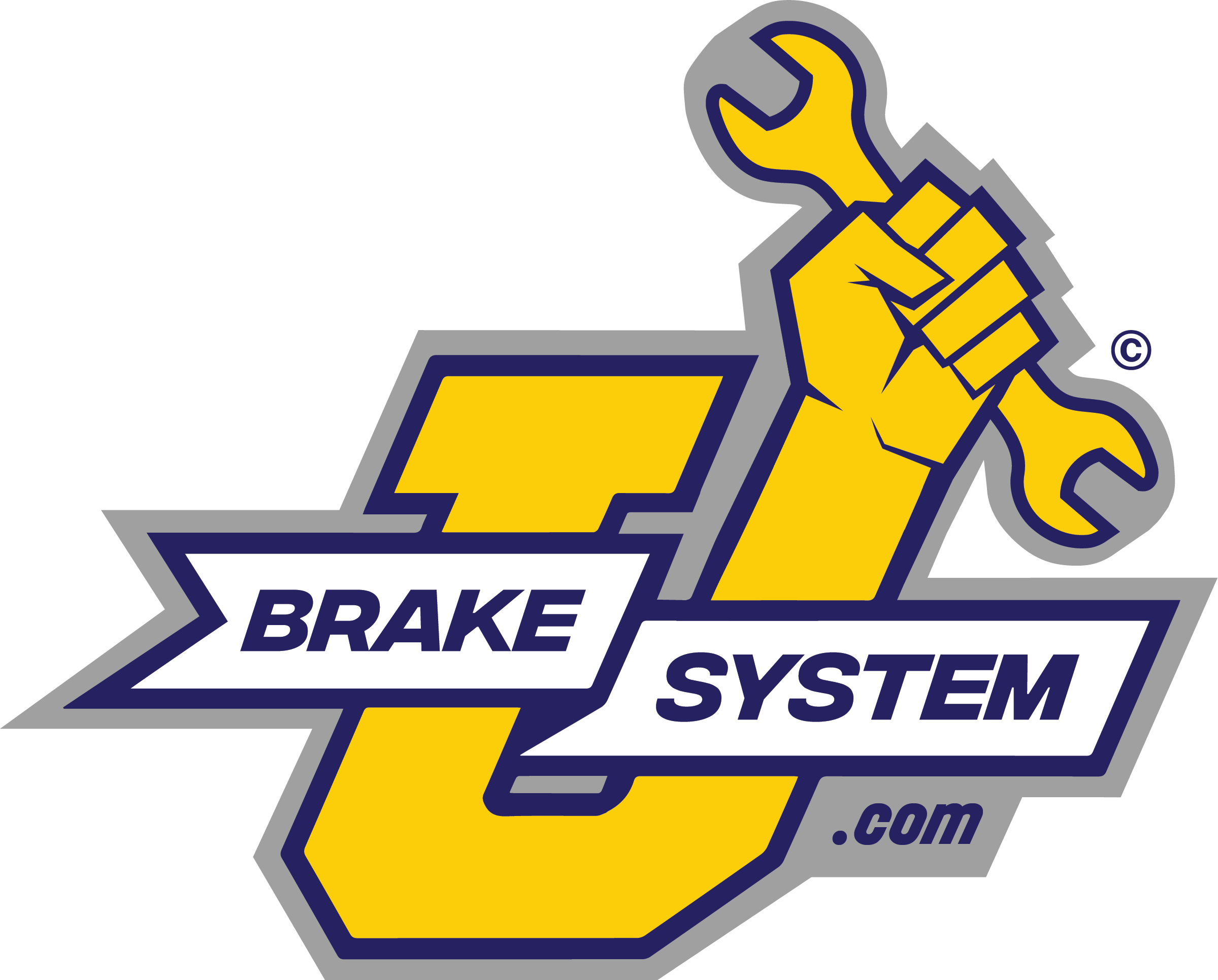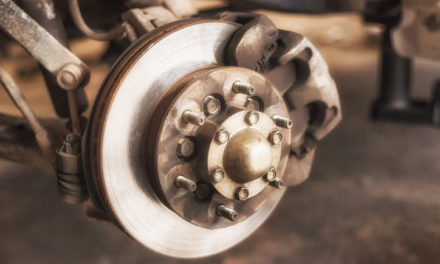Your brake lines are literally the backbone of your car’s braking system. They provide a rigid environment able to withstand the changing pressure in the hydraulic system and deliver the correct power to apply to your brakes when needed. Learn to identify when it is time to replace your brake lines and which type of brake line or brake line kit is right for you.
Signs of Wear and Tear in Your Brake Lines
While it is often easier to detect a problem with your brake pads or rotors, there are still noticeable symptoms of a brake system in need of new lines. From behind the wheel, you might notice that the brake pedal is soft or spongy as the leaking fluid creates uneven pressure in the brake system. On hard stops, you may not notice as much braking power when you really slam the brakes. Of course, the real indication of lines that require replacement is through visual inspection.
Brakes lines are designed to resist corrosion inside and out and resist warping and bubbling. So, if you put your car or truck up on the lift and see flaking, sharp kinks in the lines, or notice droplets of fluid, it’s time to do the job. You may have to remove the wheels to get a good look at flexible brake lines and their connections on your specific make and model.
Common Materials for Brake Lines and Kits
There are three common types of brake lines found on the market. Galvanized steel remains the most popular type of brake line found on passenger vehicles. Some manufacturers are making the switch to PVF (polyvinyl fluoride) coated lines that offer an extra layer of resistance to sand, salt, and road pollution. This black outer layer can pose a challenge to the DIY mechanic as it is more prone to flaking at cuts around your fittings, which can result in leaks. Finally, nickel-copper lines sit at the top of the pricing grid, however, loyal users of NiCopp find it easier to manipulate, and it never corrodes due to salty road conditions. Many users state that the added cost of NiCopp is well worth the investment, especially if you intend on keeping your vehicle for many more years.
Which Type is Best for Your Machine?
If you own a daily driver with 100,000 miles on the odometer and want to give it another 100k, steel remains the most cost-effective brake lines available. Should you live in an area where salt is used to melt snow and ice on the roads, you may wish to step up to the PVF lines, but be prepared for more of a challenge during installation. If durability and reliability are most important to you, NiCopp can be worth your money.
What about your street rod that you take to the track? Braided steel lines are the go-to option for weekend racers, as it is better able to resist extreme temperatures and is more difficult to damage when the run goes wrong. Ceramic and Teflon applications are also available.
Making the Connection Without Damaging the Line
If you are buying a roll of brake line instead of opting for an assembled brake line kit, it cannot be overstated that the flared fitting is the challenge of the day for DIY mechanics. Make sure to buy new or borrow a quality brake flaring kit and brake cutting tool. A smooth and properly sized flare guarantees a better seal to the distributor and master cylinder. Using a cheap tool can leave burrs, kinks in the line, or an improperly sized connection, which may send your car back to the shop.










